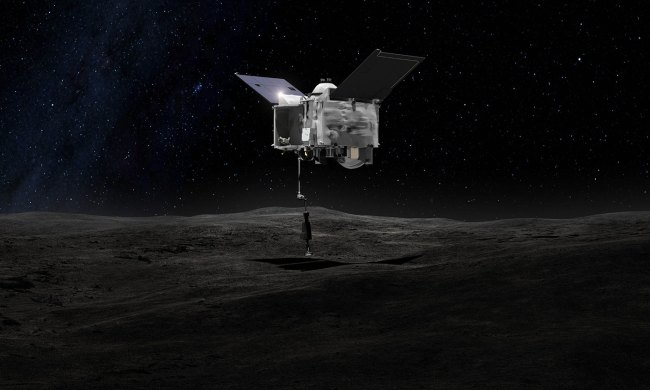A capsule containing a sample from a distant asteroid has been successfully returned to Earth and will soon be available for study, thanks to a Japanese Space Agency (JAXA) mission called Hayabusa2.
The Hayabusa2 spacecraft visited asteroid Ryugu and collected a sample before bringing it back to Earth as part of a mission that has lasted six years so far. The sample was placed in a capsule and sent down to Earth, and the spacecraft will now carry on its mission by visiting another asteroid.
As the capsule entered the atmosphere, it could be seen streaking across the sky in a fireball which was visible in many parts of the world. It was even visible from the International Space Station, where JAXA astronaut Soichi Noguchi spotted it pass him by.
The sample capsule reentered Earth’s atmosphere and landed in the Australian desert on the morning of Sunday, December 6, local time, and it was retrieved in a picture-perfect mission.
The planned landing area for the capsule was very large, covering over 100 square kilometers, due to variations in weather such as wind speed. Given how far away Hayabusa2 was when it released the capsule, hitting this target was “the equivalent of throwing a ball from more than half the distance to the Moon to a 100 [square kilometer] spot in Australia,” JAXA said.
To aid in finding the capsule, a series of five antenna stations positioned around the area searched for a signal from the capsule and triangulated its location. The triangulation allowed the search area to be narrowed down to a few square kilometers, and then a helicopter performed the search and located the capsule itself.
Capsule collection! The helicopter team immediately flew to the location identified by the DFS team. They searched for the fallen capsule by using radio waves and maps. Thank you very much!
(Collection Team M)#Hayabusa2#はやぶさ2#AsteroidExplorerHayabusa2 #HAYA2Report pic.twitter.com/KSyEbnU3Yd— HAYABUSA2@JAXA (@haya2e_jaxa) December 6, 2020
At 2:47 p.m. ET, the capsule collection team located the capsule. They also found the parachute which was used to slow the capsule as it descended, as well as the rear heat shield. The capsule was collected in a helicopter and has been taken for analysis.
Samples are on their way for analysis at the Woomera Test Range. @haya2e_jaxa @AusAirForce @DeptDefence #Hayabusa2 https://t.co/eBIukNPTgu pic.twitter.com/AK0C7TCArk
— Australian Space Agency (@AusSpaceAgency) December 6, 2020
The sample contained within the capsule is a very rare piece of a distant asteroid. Studying it can help scientists answer questions about the formation of the early solar system, and researchers are particularly interested in whether there are any traces of water-bearing minerals in the sample.



